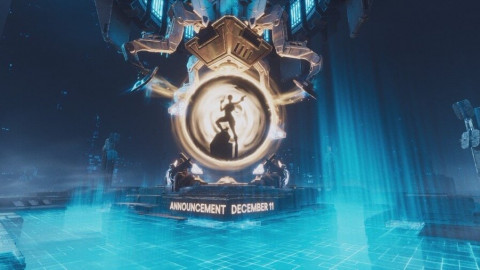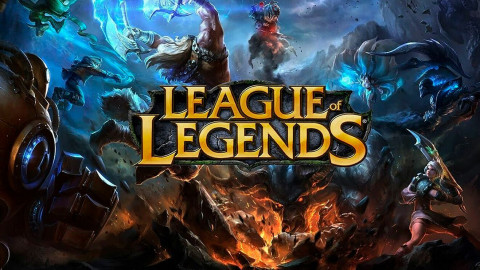
For new viewers diving into League of Legends, understanding live scores can be overwhelming. As teams compete on the Summoner's Rift, various metrics are constantly updated, each influencing the game's outcome. If you're watching and trying to grasp what these numbers mean, you're in the right place. This guide breaks down the key elements of the LoL live score and explains how they reflect the progress of the match.
1. Kill Score: The Core of Aggression
One of the most noticeable elements in any live score is the kill count. Kills refer to when one champion eliminates another from the opposing team. It's tempting to think the team with the most kills is winning, but that’s not always true.
What kills represent:
- Gold advantage: Kills grant gold to the team, allowing them to buy stronger items.
- Map pressure: Kills allow teams to move freely and take objectives like towers or dragons.
- Momentum: A team with multiple kills can control the pace of the game.
However, kills alone don’t determine victory. A team can be behind in kills but ahead in objectives, giving them a stronger position.
2. Tower Destruction: Control and Territory
Towers protect each team's base. Destroying them is crucial for advancing across the map.
What tower destruction means:
- Map control: Destroying a tower gives a team more freedom on the map.
- Vision dominance: With towers gone, teams can place wards deeper into enemy territory, gaining critical vision.
- Gold lead: Taking down towers rewards teams with gold, helping players get ahead in item purchases.
Teams prioritize taking towers to control the map and secure other objectives.
3. Dragons and Baron Nashor: Game-Changing Objectives
The number of dragons and Baron Nashor kills each team secures is critical in live scores. These neutral objectives can significantly impact the game’s momentum.
Dragons:
There are four elemental dragons—Infernal, Ocean, Cloud, and Mountain. Each provides a unique buff to the team that kills it. Once a team secures four dragons, they earn the Dragon Soul, which offers powerful, permanent buffs.
- Infernal Dragon: Grants bonus attack damage and ability power.
- Ocean Dragon: Provides health regeneration.
- Cloud Dragon: Reduces the cooldown of ultimate abilities.
- Mountain Dragon: Enhances armor and magic resistance.
- Hextech Drake: Killing Hextech Drake provides ability haste and attack speed to the team
- Chemtech Drake: Grants tenacity and increased healing and shield power, scaling with the number of drakes killed.
Securing dragons early gives teams long-term advantages, especially if they secure the Dragon Soul.
Baron Nashor:
Baron Nashor is the most powerful neutral monster. Killing Baron grants a powerful buff that enhances champions and minions, helping teams push towers and inhibitors, often leading to a game-winning push.
Teams attempt Baron when they have control of the map or have killed key opponents.
4. Gold: The Resource That Fuels Victory
Gold is the currency of League of Legends. Although it's not always displayed in a standard live score, it’s a vital metric that powers a team’s progress.
Gold Distribution:
- Farming minions: Champions earn gold through killing minions, which is critical for building a lead.
- Objective gold: Towers, dragons, and Baron Nashor provide significant gold to the team.
- Kill bounties: Champions on kill streaks carry additional gold bounties, making them valuable targets.
Teams with a gold lead are more likely to win fights and secure objectives, but comebacks are possible by taking high-value targets or objectives.
5. Inhibitors: Paving the Way to Victory
Inhibitors are structures located in each team’s base. Destroying an inhibitor prevents the enemy from spawning super minions in that lane.
Why inhibitors matter:
- Lane pressure: Destroying an inhibitor forces the enemy team to defend constantly, opening up opportunities for other objectives.
- Game-ending potential: When a team destroys multiple inhibitors, it often signals the end of the game. Super minions make the final push easier.
Teams typically target inhibitors after winning a team fight or securing Baron Nashor, knowing that inhibitors can be the final step before victory.
6. Vision Control: The Hidden Metric
Vision control, though not always reflected in live scores, plays a huge role in matches. Teams use wards to gain vision, allowing them to see the enemy’s movements and make informed decisions.
What to look for:
- Warding strategies: Teams that place better wards can anticipate enemy strategies and avoid getting caught off-guard.
- Vision denial: Teams use sweepers and control wards to clear the enemy’s vision, securing objectives like Baron or Dragon without the opponent’s knowledge.
Vision control is often a difference-maker. Good vision allows teams to set up ambushes or take objectives without contest.
Conclusion
For new viewers, understanding the League of Legends live score is the first step in appreciating the depth and strategy of League of Legends. By focusing on the key metrics—kills, towers, dragons, Baron Nashor, gold, inhibitors, and vision—you can gain a clearer picture of how a match is progressing and which team holds the upper hand. The more you watch and interpret these metrics, the better you’ll become at predicting the outcome.
-
 Guest Reporter
Guest Reporter
Sort by:
Comments :0





